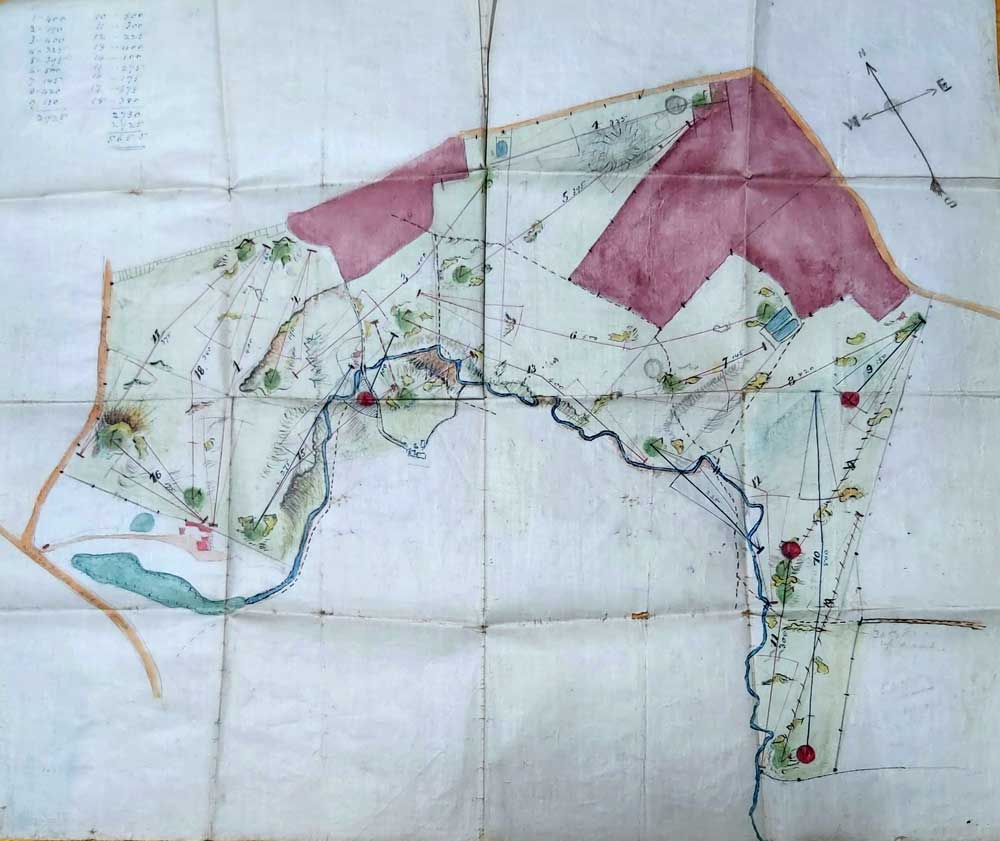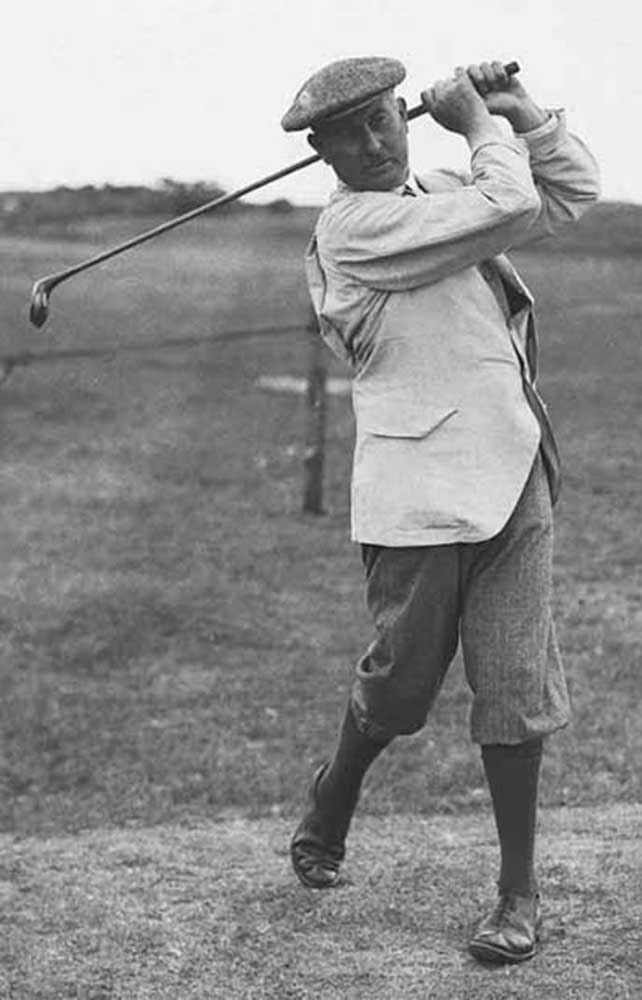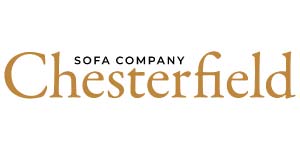A Rich History of Greatness and Resilience
The History of Bury Golf Club
A Historical Legacy of Golfing Greatness
Bury Golf Club holds an illustrious past, with two of the most renowned names in world golf associated with its legacy.
The club's first professional was none other than Harry Vardon, a legendary figure who holds the record for winning the British Open a remarkable six times. Following World War I, the club relocated to its present Unsworth Hall site, where the esteemed Dr Alistair Mackenzie, one of the architects behind the revered Augusta National Course, designed the Bury Golf Course. In this article, we delve into the captivating history of Bury Golf Club and its enduring significance.

Founding Years: From Nine Holes to Eighteen
Established in 1890 as a modest nine-hole course, Bury Golf Club underwent relocation and significant expansion in 1920 when it transformed into an eighteen-hole haven for golf enthusiasts. This expansion marked the beginning of the club's journey towards becoming a golfing institution.
Harry Vardon: A Golfing Legend
The club's first Club Professional, Harry Vardon, went on to etch his name into golfing folklore, winning the British Open Championship an unprecedented six times. To this day, Vardon's record remains unbroken, a testament to his exceptional talent and unwavering dedication to the sport. Additionally, Vardon introduced and popularized the 'Vardon' grip, which has become the preferred choice for over 90 percent of golfers worldwide.
In recognition of Vardon's extraordinary achievements, the members of Bury Golf Club presented him with a clock. In return, Vardon expressed his gratitude through a heartfelt letter, a treasured possession still safeguarded by the club. Although the clock eventually found its way to America, the memory of Harry Vardon lives on at the club. The dining room, named after him, houses a splendid portrait of the golfing legend in action at the original Redvales site. Moreover, the gentlemen members of the club annually compete for the prestigious Vardon Trophy, keeping Vardon's legacy alive.
Click to read on about harry vardon
The Relocation: From Redvales to Unsworth Hall
Unfortunately, the golf course at Redvales succumbed to the pressures of post-World War I urban development, as the land was allocated for housing.
However, the dedicated members of Bury Golf Club refused to let their beloved institution disband. Two remarkable individuals, Paper Maker Norman Duxbury and Coal Merchant Sam Roberts, emerged as saviours of the club's future. Determined to preserve the club's legacy, they ensured the acquisition of new land, located slightly further down Manchester Road.
To transform this land into a golfing paradise, Duxbury and Roberts enlisted the expertise of Dr Alistair Mackenzie. Dr Mackenzie, affiliated with the esteemed course design company Colt, MacKenzie and Alison, had already made his mark in the golfing world as one of the masterminds behind the iconic Augusta National Course, home to the revered Masters tournament. In 1920, Dr Mackenzie presented his initial report and map, laying the foundation for the creation of a new course at Unsworth Hall, Bury. By 1921, nine holes were ready for play, and in 1922, an additional nine holes were added, forming the magnificent course that continues to captivate golfers to this day. Notably, the course boasts three distinct two-tier greens, a hallmark feature for which Dr Mackenzie is widely celebrated.
A Testament to Pride: Upholding Tradition and Excellence
As proud members of Bury Golf Club, we hold our club's history in high regard and extend the same enthusiasm to our visitors, inviting them to revel in the splendour of Bury Golf Club's heritage
Investing In Our Future
The profound sense of pride in our club has led us to engage the expertise of Gordon Irvine, an internationally acclaimed Master Greenkeeper and Course Consultant. Gordon collaborates with our esteemed Head Greenkeeper, David Berry, and his diligent staff to reimagine and reintroduce the essence of the original Moorland Course. This ambitious endeavour aims to revive the vision of the original design team, Colt, MacKenzie, and Alison, who left an indelible mark on the golfing world.
Visit Gordon's WebsiteA Virtual Tour Of The Course
For those seeking to explore the magnificence of Bury Golf Club, our Course Overview page, offers a captivating flyover and a hole-by-hole visual experience of the course.
The narration, delivered eloquently by the esteemed Peter Alliss, further enhances the virtual journey, providing a glimpse into the enchanting landscapes and strategic challenges that await golfers.
Visit Our Course Overview PageResilience and Gratitude
Emerging from the trials and tribulations of the global pandemic, the club stands resilient, just as it did during the tumultuous times of two world wars. It is the unwavering loyalty and dedication of our esteemed membership, staff, and volunteers, that has propelled the club forward, ensuring its survival and prosperity.
Reflecting on the club's centennial year in 2020, we pay homage to the foresight and determination of those who saved Bury Golf Club from the brink of extinction a century ago. Their legacy resonates in the hearts of the members who, without hesitation, continue to support the club by paying their subscriptions and ensuring its long-term viability.
As we stride into the future, we hope that both members and visitors alike relish the privilege of traversing the hallowed fairways of Bury Golf Club. With each step, one treads upon a rich tapestry of golfing history, immersed in the echoes of celebrated victories and the spirit of camaraderie that defines our cherished club.
In the centuries to come, may Bury Golf Club stand as a testament to the enduring allure of the game, beckoning golfers from far and wide to experience the timeless beauty and challenge that awaits on its historic course.
BOOK A TEE TIMEIn the centuries to come, may Bury Golf Club stand as a testament to the enduring allure of the game, beckoning golfers from far and wide to experience the timeless beauty and challenge that awaits on its historic course.





